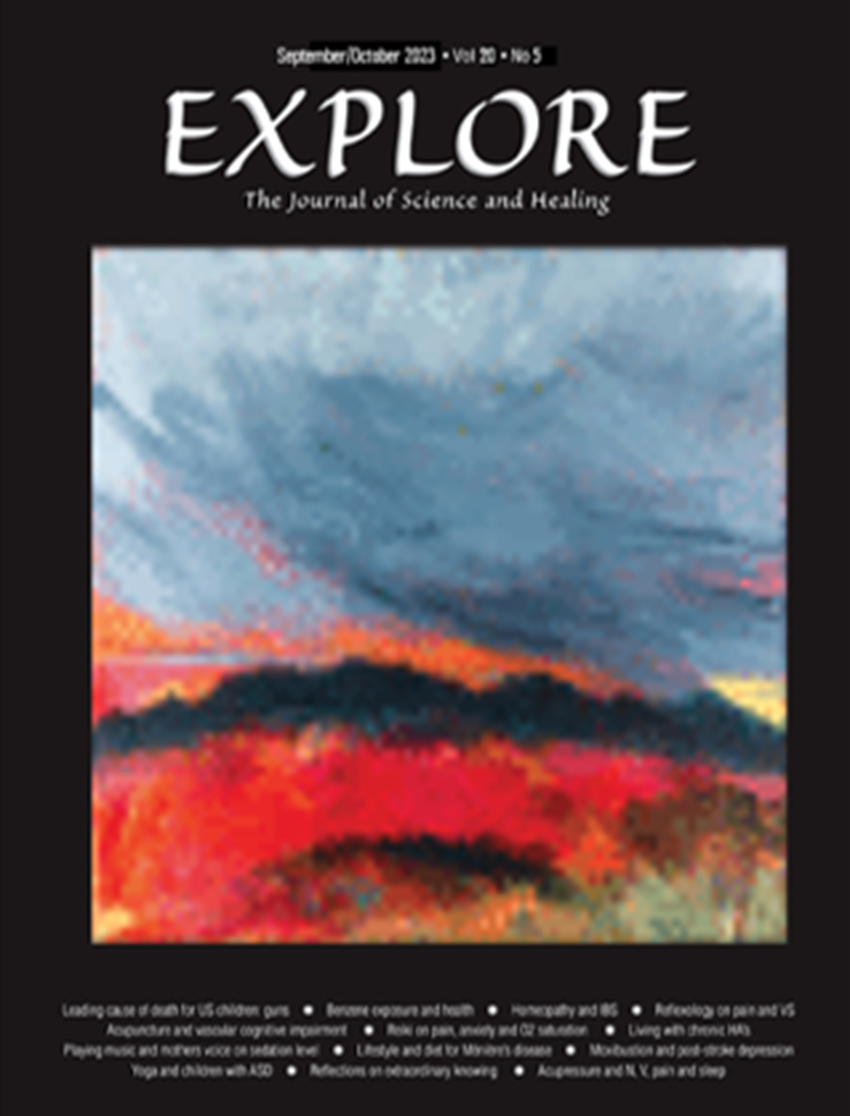Algumas pessoas afirmam adivinhar quem está a ligar ao ouvir uma chamada telefónica, sem usar quaisquer meios convencionais de obtenção de informação. Alguns destes casos estão, sem dúvida, relacionados com uma combinação de coincidência, memória seletiva, expectativa e antecipação inconsciente, em função do padrão temporal de chamadas telefónicas com determinadas pessoas. No entanto, será que estes palpites advêm de um processo de transferência de informação, comummente designado de telepatia? Para estudar esta possibilidade, Helané Wahbeh, investigadora principal do projeto de investigação 108/20 - A telephone telepathy study: Does genetic relatedness influence psychic abilities?, apoiado pela Fundação BIAL, realizou um estudo transversal que envolvia grupos de três participantes (tríades) que tentavam adivinhar quem estava a ligar em 12 chamadas; em seis o servidor web escolheu aleatoriamente o emissor antes do palpite do recetor (telepático/pré-selecionado), e noutras seis o emissor foi selecionado após o palpite do recetor (precognitivo/pós-selecionado). O acerto foi significativamente acima do esperado por mero acaso para os ensaios telepáticos/pré-selecionados, mas não para os ensaios precognitivos/pós-selecionados. Para mais informações consulte o artigo Who's calling? Evaluating the accuracy of guessing who is on the phone, publicado na revista científica Explore.
ABSTRACT
Some people claim to occasionally know who is calling them without using traditional means. Controlled experiments testing these claims report mixed results. We conducted a cross-sectional study of triads examining the accuracy of knowing who was calling using two randomly selected designs: 1) a web server randomly chose the caller before the callee's guess (telepathic/pre-selected trials), and 2) a web server randomly chose the caller after the callee's guess (precognitive/post-selected trials). We also performed exploratory multilevel mixed-effects logistic regressions on the relationship of genetic relationships, emotional closeness, communication frequency, and physical distance data with accuracy. A total of 177 participants completed at least one trial (105 “completers” completed all 12 trials). Accuracy was significantly above chance for the 210 completers telepathic/pre-selected trials (50.0% where the chance expectation was 33.3%, p<.001) but not the 630 completers precognitive/post-selected trials (31.9% where the chance expectation was 33.3%, p = .61). We discuss how these results favor the psi hypothesis, although conventional explanations cannot be completely excluded. Genetic relatedness significantly predicted accuracy in the regression model (Wald χ2 = 53.0, P < .001) for all trials. Compared to 0% genetic relatedness, the odds of accurately identifying the caller was 2.88 times (188%) higher for 25% genetic relatedness (Grandparent/Grandchild or Aunt/Uncle or Niece/Nephew or Half Sibling; β = 1.06, z = 2.10, P = .04), but the other genetic relatedness levels were not significant. In addition, communication frequency was significant (β = 0.006, z = 2.19, P = .03) but physical distance (β = 0.0002, z = 1.56, P = .12) and emotional closeness (β = 0.005, z = 1.87, P = .06) were not for all trials. To facilitate study recruitment and completion, unavoidable changes due to persistent recruit difficulties to the protocol were made during the study, including changing inclusion/exclusion criteria, increasing total call attempts to participants, adjusting trial type randomization schema to ensure trial type balance, and participant compensation. Thus, future research will be needed to continue to improve the methodology and examine the mechanism by which people claim to know who is calling, as well as factors that may moderate the effects.





























































































